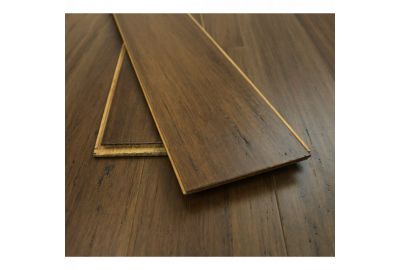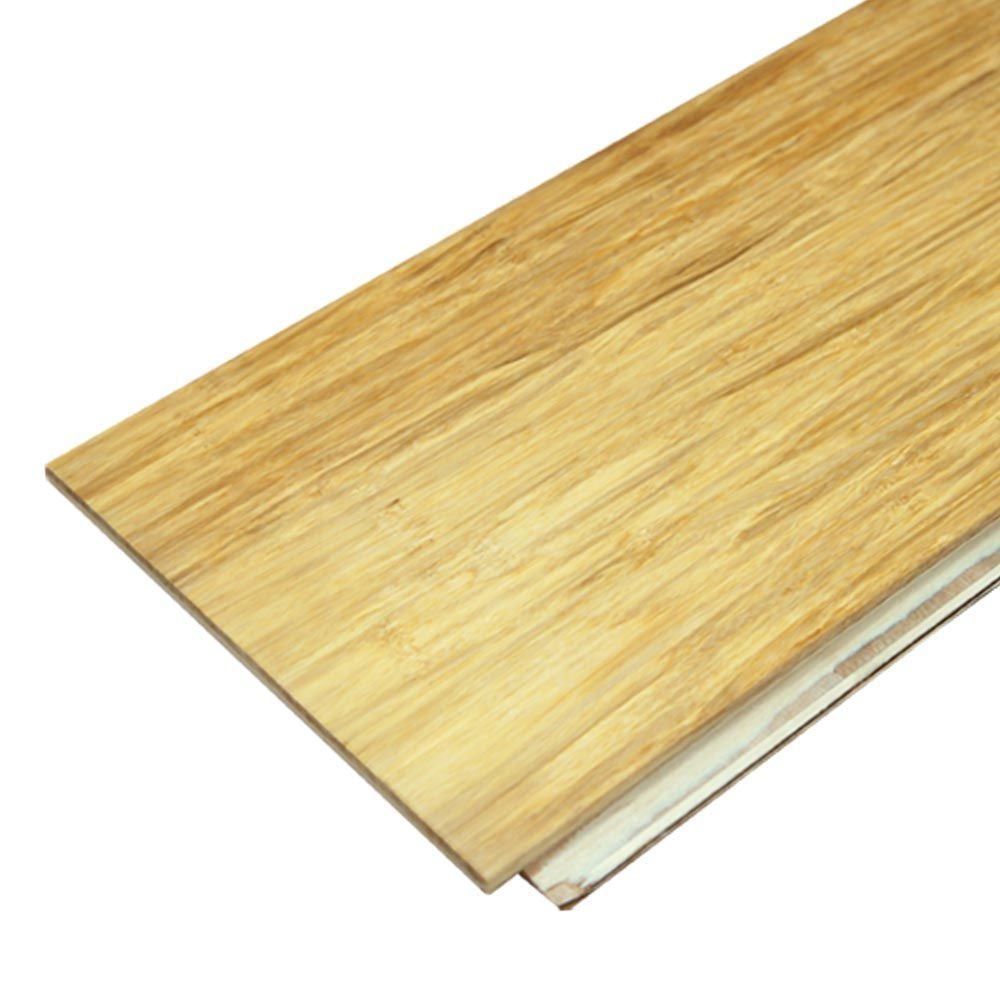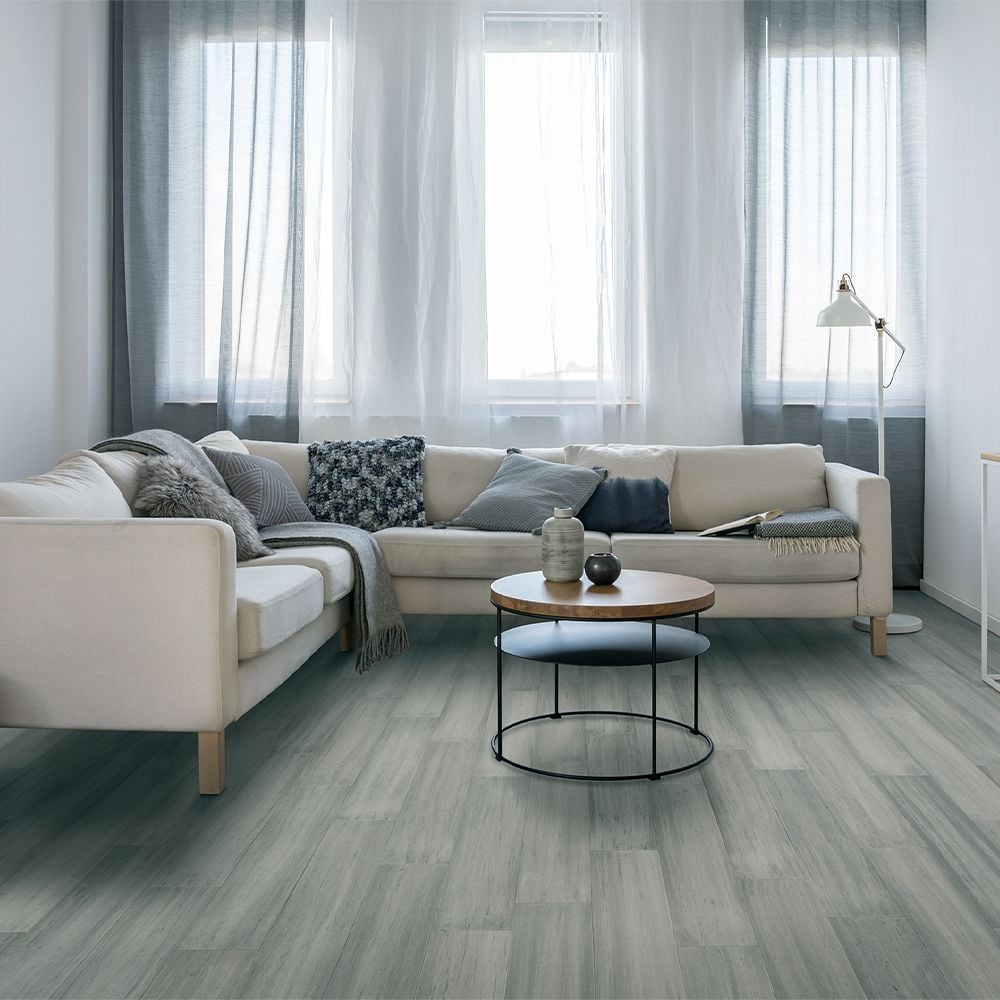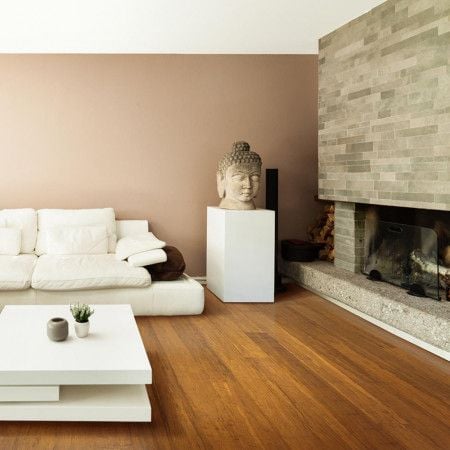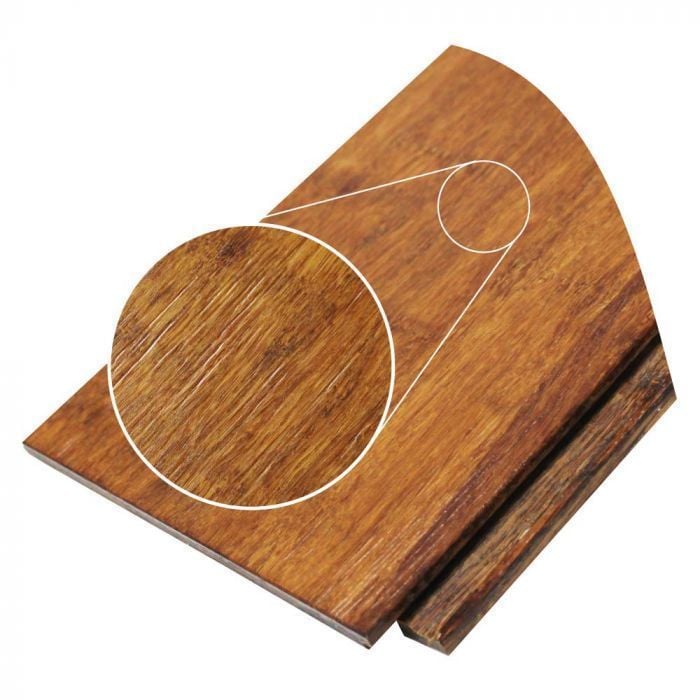Underfloor heating is becoming a popular choice for heating rooms in both domestic and commercial properties. Bamboo flooring is a great match for underfloor heating as it retains heat due to its natural properties.
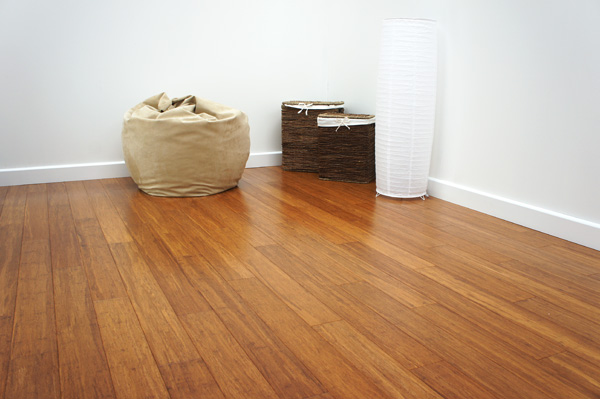
What type of bamboo flooring can I use with underfloor heating?
Both solid and engineered bamboo can be used with underfloor heating. This is because they are both dimensionally stable products and can withstand fluctuations in temperature. It is advisable that you check with your flooring supplier that the manufacturer has tested that the floor is compatible with underfloor heating.
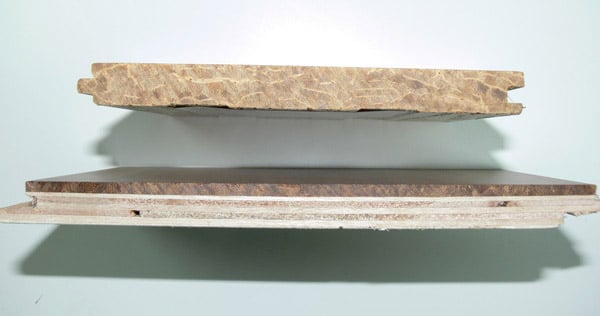
Things to consider regarding underfloor heating
When deciding whether to use underfloor heating it is important to know that the whole of the chosen room or area has to have underfloor heating, rather than just individual sections. This is to ensure that the bamboo flooring is heated evenly so that it expands and contracts at the same time. The only exception to this is when there may be different zones in a property that are using the same flooring, but not all using an underfloor heating system. In this case, an expansion gap needs to be left between the zones to let the flooring react to the different temperatures independently. The expansion gap can then be covered using a bamboo accessory, such as a T-mould.

Types of underfloor heating systems
There are two main types of underfloor heating systems – water and electric. A water underfloor heating system works by warm water running through pipes underneath the flooring. Whereas an electric underfloor heating system uses electrical heating cables underneath the floor. Although there are two different systems, the basic heating principle works the same; the heat is spread evenly under and across the floor, and rises naturally to create a heated room.
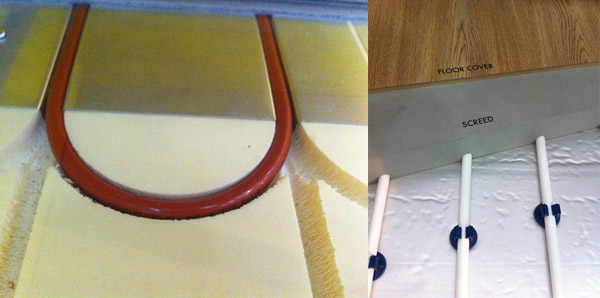
Prior to installing the bamboo flooring
It is important to ensure that the subfloor is level, dry and clean before the bamboo flooring is installed. Gradually increase the temperature buy 2 ºC each day until the maximum required temperature is required. The underfloor heating system should be installed, commissioned and running for at least seven days before the screed is moisture tested using a concrete floor moisture meter. The moisture content should be below 6% before your bamboo flooring is installed.
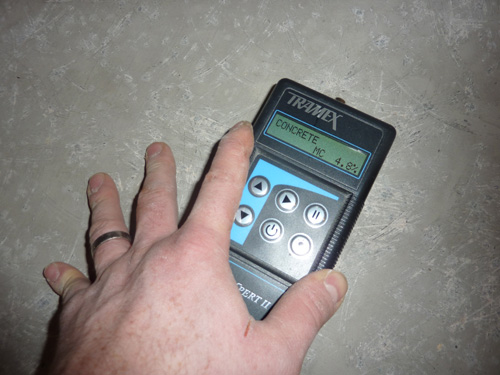
Installing bamboo flooring over an underfloor heating system
Ensure that the underfloor heating system is turned off before you install your bamboo flooring. If you are gluing the bamboo flooring down, a full surface bond with flexible flooring adhesive is needed. Alternatively, the bamboo flooring can be floated over a special low tog underfloor heating underlay. Do not use any nails or screws during the installation of your floor, as they may puncture the heating system pipe.
After installation of the bamboo flooring
Once the bamboo flooring is installed, the surface temperature of the flooring should not exceed 26ºC. A thermostat can be used to help to control this temperature. After installation, increase the temperature slowly, by 2ºC per day until the maximum temperature of 26ºC has been reached. This will allow for the bamboo to slowly acclimatise to the changes in temperature.

